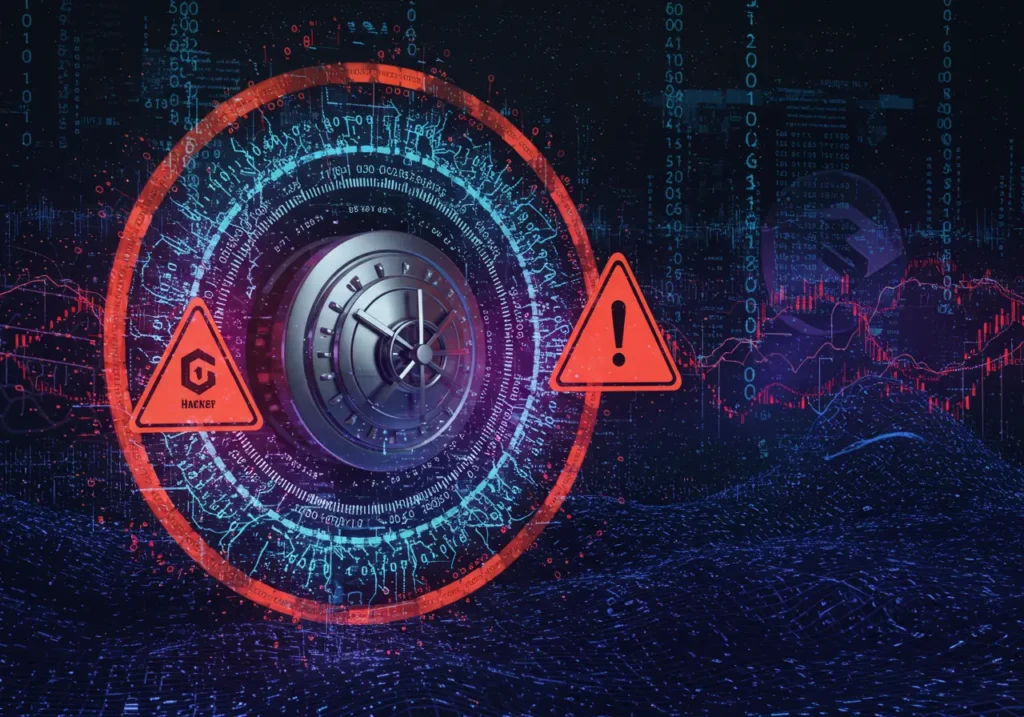Embargo Ransomware Moves $34M in Crypto Since April — And It’s Just Getting Started
It was only a whisper at first: a new ransomware outfit called Embargo had quietly moved into the spotlight. But then the numbers dropped—loud and alarming: over $34 million in crypto payments were traced to the group between April and now. And suddenly, what seemed like distant hack news hit close to home.
Blockchain analysts at TRM Labs flagged the movement: these ransom payouts were linked to attacks on U.S. hospitals and pharmaceutical networks—critical infrastructure. That’s not just criminal mischief; that’s terrifying intrusion into systems that affect lives, not just ledgers.

Who’s Behind the Payments?
Embargo runs a ransomware-as-a-service (RaaS) model. In plain terms: they create the malware and infrastructure, others deploy it, and everyone takes a cut. The victims aren’t just random systems—they’re medical and research facilities, which makes the threat especially serious and morally charged.
But what’s new here is the scale and transparency of the fund flow. Over $34 million moved in clearly traceable crypto paths, flagged by forensic data. That’s a lot of liquidity—and unfortunately, liquidity enables crime to flourish.
What It Means for Crypto Crime and Cybersecurity
It’s no longer about sketchy wallets or junior hackers. Embargo has real sophistication, using crypto not just as payment method, but as shield and trigger for further attacks. High-need victims, quick payouts, and messy digital trails.
Financial regulators and cybersecurity professionals alike are watching closely. As ransom volume climbs—and moves into the tens of millions—the pressure to regulate and shield critical infrastructure only grows.
Why This Should Matter to You
Beyond the headlines, here’s what to keep in mind—especially if your readers are using crypto, building wallets, or running services:
- Ransomware isn’t small-time anymore. When millions flow into a single ransomware network, it shifts from digital nuisance to existential risk.
- Crypto is weaponized—learn the red flags. If someone demands payment with fast, anonymous crypto, exercise extreme caution.
- Transparency helps but isn’t protection. Seeing the $34M trail is great for awareness—but if your wallet gets targeted, it won’t matter what blockchain data says.
- Security isn’t optional. Threat actors know how to monetize weak links. Use secure keys, cold storage, multi-sig where possible.
- Trust needs boundaries. Even if a service feels safe, always vet how they handle backups, recovery, and withdrawal controls.
Final Thought
Ransomware’s leap from niche disruption to multi-million-dollar heist isn’t hypothetical—it’s happening now. And digital assets make it alarmingly efficient.
So if you manage crypto, follow this story not just for the drama—but for the wake-up call. Strength next to security, always.
Table of Contents

Edmilson Dias is the founder of CoinBringer, a site dedicated to educating people about cryptocurrency and helping users navigate the crypto space safely and responsibly. A passionate advocate for digital security and financial education, Edmilson Dias has spent years researching the blockchain ecosystem and translating complex concepts into accessible, practical content for beginners and experienced users alike.With a mission to build a safer and smarter crypto community, he focuses on creating high-quality tutorials, safety tips, and trustworthy insights to empower others in the rapidly evolving world of digital assets.
Discover more from CoinBringer
Subscribe to get the latest posts sent to your email.







